Mason bees are one of the many native species of bees in Oregon. Currently, in nature, the mason bees have a 30% survival rate. Their numbers have been decreasing in the past years as invasive bee species move in, their native habitats are being destroyed, and pests are killing the cocoons. However, with our assistance, we can increase their survival rate to 90%.
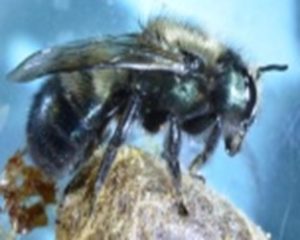
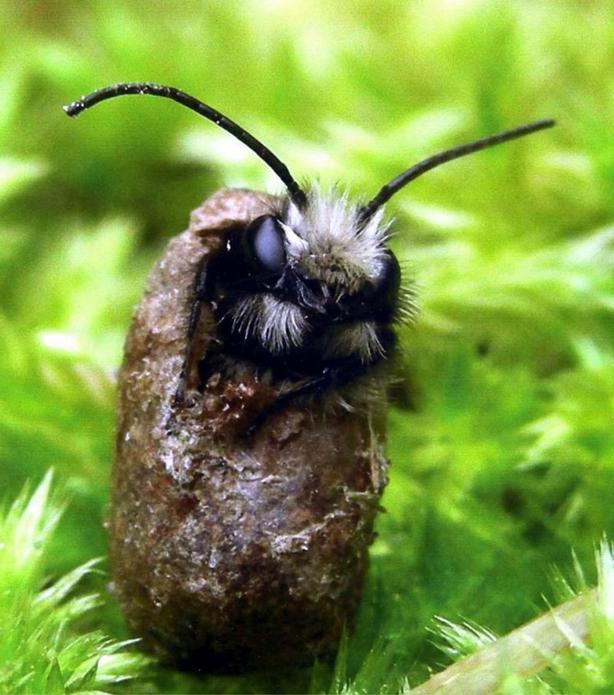
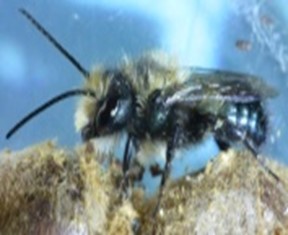
Gentle, Super Pollinators
These wonderful bees are very docile and very rarely sting, which is why mason bees are suggested for young observers and young melittologists. They emerge in the spring and have a lifespan of only 6-8 weeks. By early summer the mason bees have laid their eggs and are gone. The mason bees are known as super pollinators mostly because they are hairy and will perform a belly flop-like maneuver when landing on a flower. When doing this the pollen gets all over the bees’ body and they repeat this move on flower after flower. Nearly every flower a mason bee visits will get pollinated by it (95%!!). For comparison, it takes only 7 mason bees – vs. over 500 honey bees – to pollinate one cherry or apple tree.
Mason Bee Care Calendar
Mason bees are fairly easy to raise as there is not a lot you need to do for them. Here is a quick calendar of care:
- In February – March put out the houses.**
- Mid-March – April put out the racks/tubes, and put out your cocoons in the emergence tube.
- April – June – Watch and enjoy your bees.
- June 1 – bring in the racks/tubes to protect them from parasitic wasps.
- Mid October – November – harvest and clean the cocoons. This is the standard practice for mason bees.
**During 2022 and 2023 the late cold weather and rains have pushed the mason bee calendar back about 6 weeks. Those that had success held the cocoons until a later date when the weather was warmer.
Supplies Needed
Mason bees need a shelter, with either tubes or racks, mud, and flowers in bloom. Install the houses between 3 feet and 6 feet high, it is best to have it at eye level so you can watch them emerge and fly around.
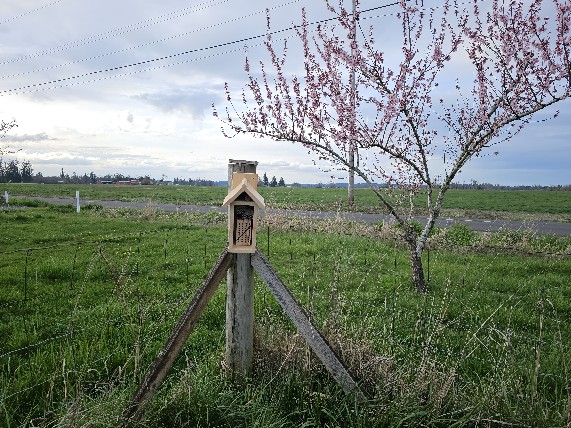
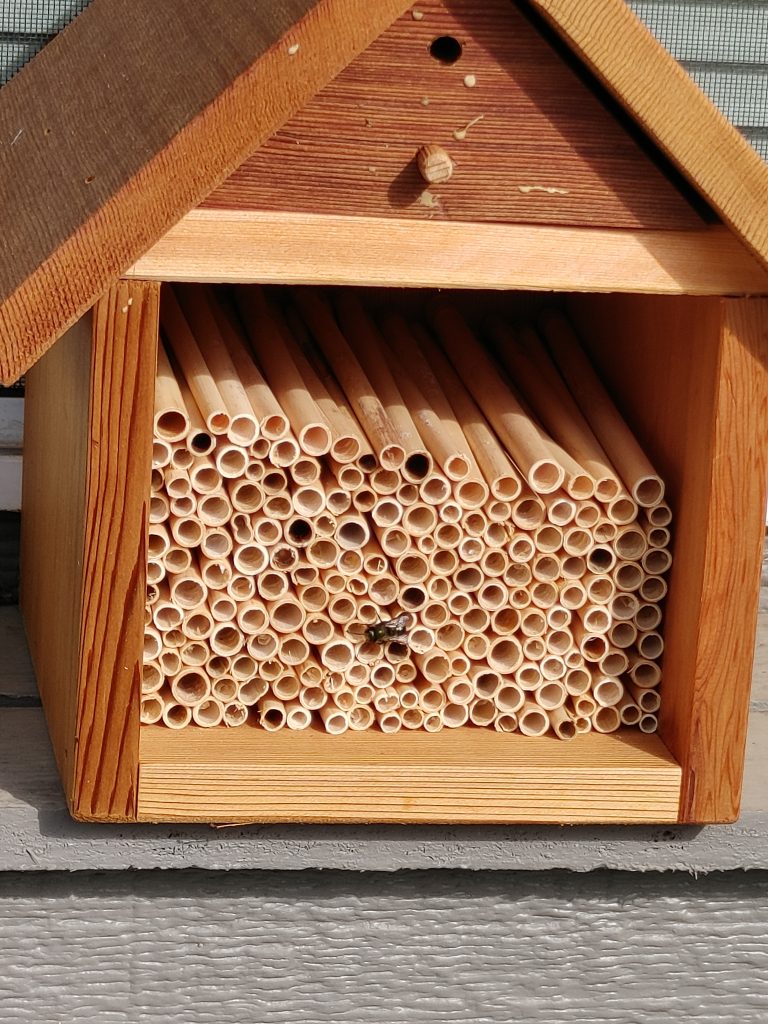
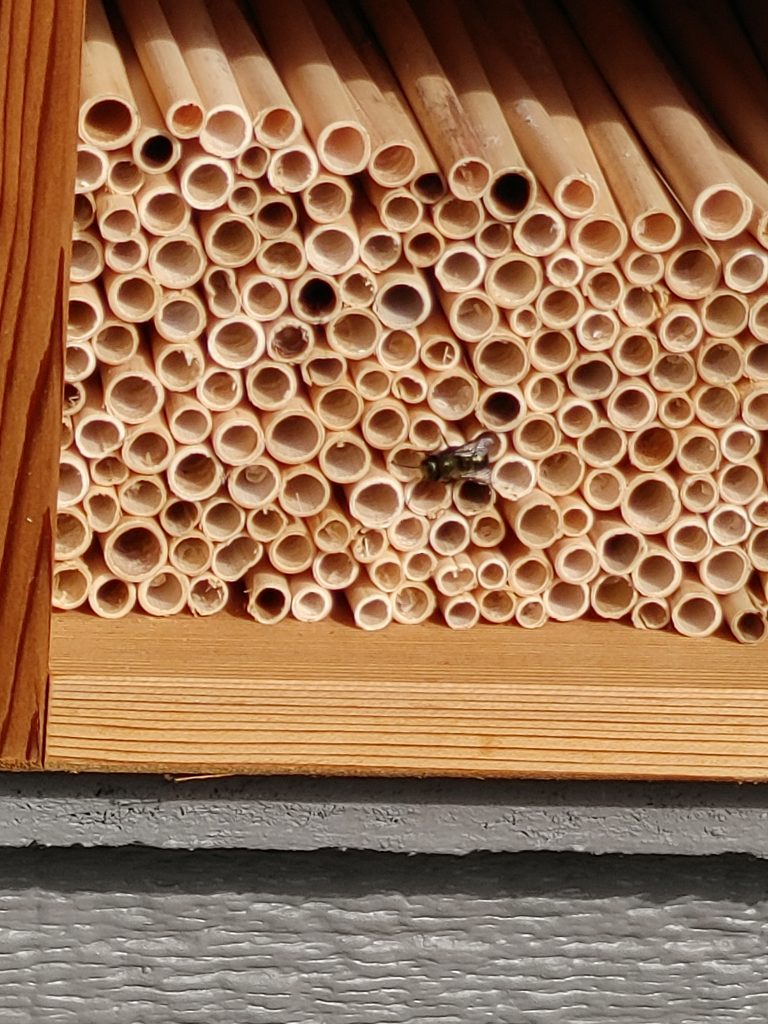
How to Reduce Threats
Most important is the cleaning and sanitation of the cocoons. Removing the pests and diseases that kill mason bees is how we increase the survival rate. When we harvest the cocoons, we remove each individual cocoon and inspect the racks and houses the bees use. There are many things you can find when harvesting cocoons. Mites are in nearly every rack. New research has come out that the sand washing that has been previously recommended is no longer recommended; in fact we ask you not to do it anymore as the sand washing will knock the mites off of the cocoon, spreading them all around to any and all the other cocoons in the sand washing system, thereby spreading the mites rather than getting rid of them. Now it is recommended to wash with a bleach solution; 2 oz bleach to a gallon of water, and put 1-2 drops of dawn dish soap. The dawn dish soap breaks the surface tensions of the mites, to then drown them in the bleach solution. Chalk brood is another well-known killer of mason bees. Chalk brood is a fungus that the larval mason bee will eat and then never fully develop. It is extremely important to identify chalk broods when harvesting cocoons, because if you accidentally puncture the mummified larva you have just spread chalk brood to anything else on the table. Bleach wash will kill the chalk brood.
There are many other things that can get into the mason bee cocoons; parasitic wasps, birds, cuckoo bees, Houdini flies, grass carrying wasps, blister beetles, etc. Even spiders have been known to occupy a tube or two. With so many threats to the mason bee, it’s no wonder that without intervention they only have a 30% chance of survivability.
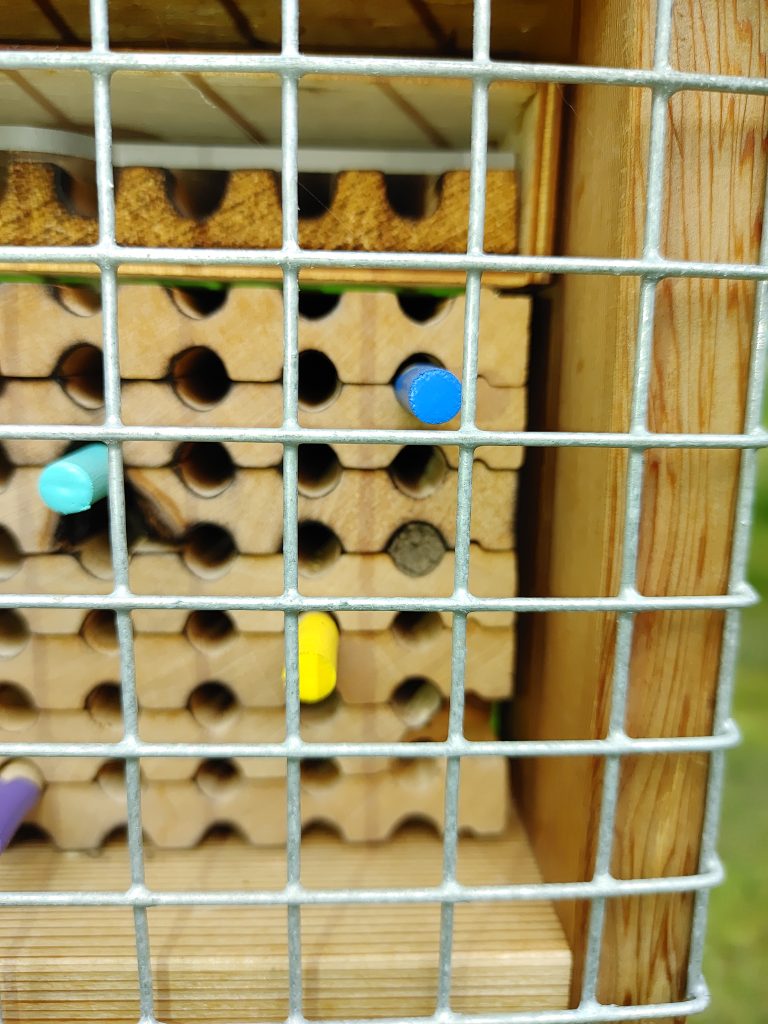
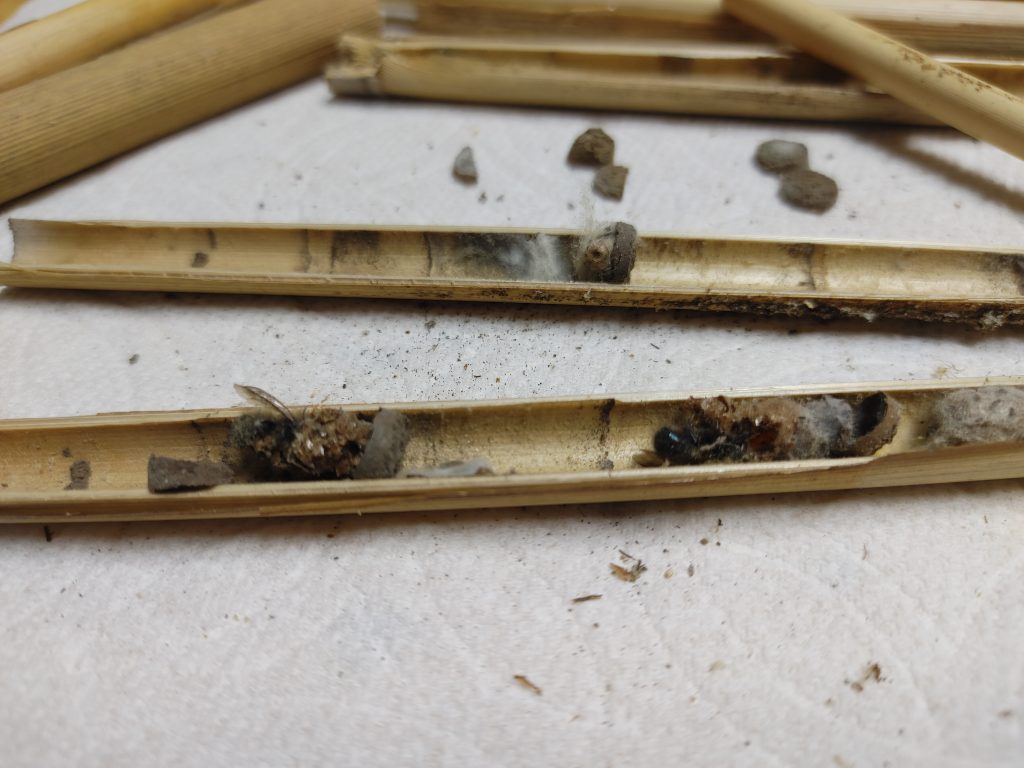
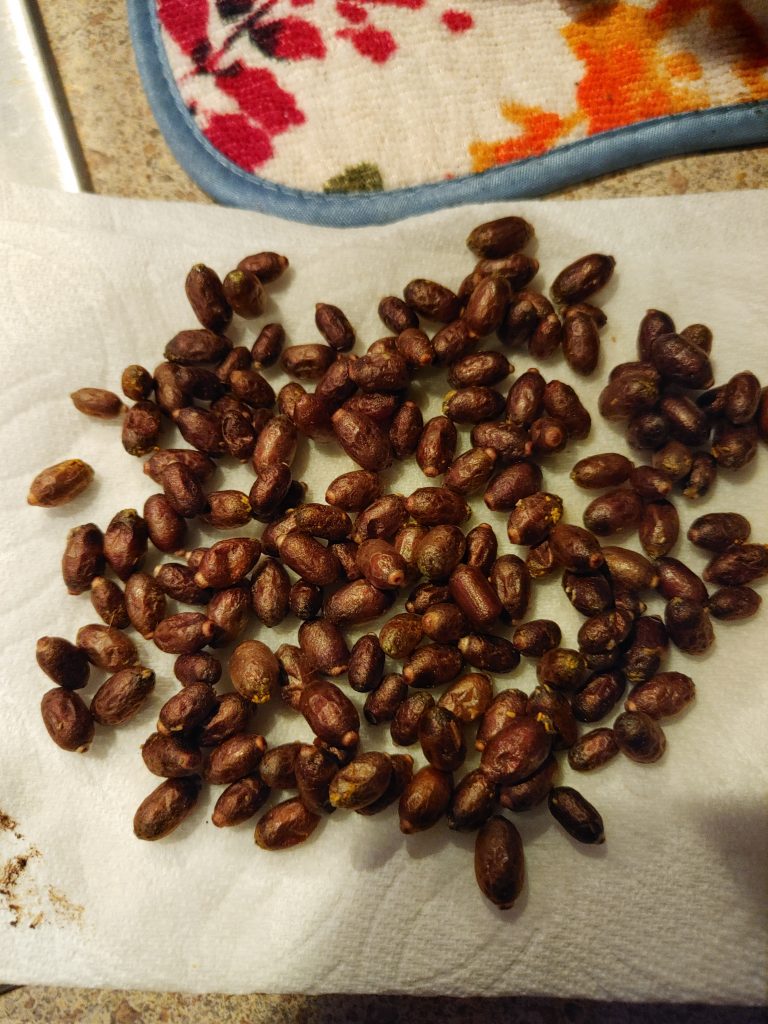
Those of us that raise mason bees care for our little super pollinators to help them not only survive, but hopefully, help them thrive.
